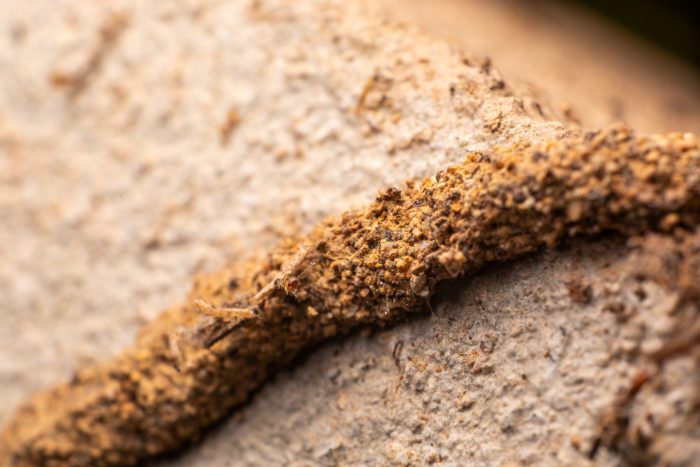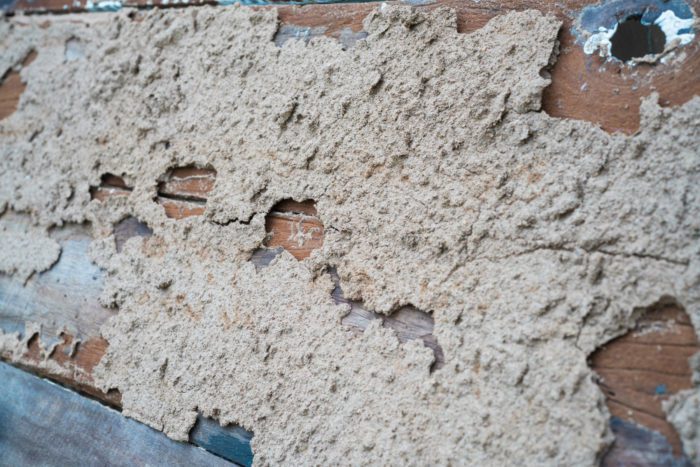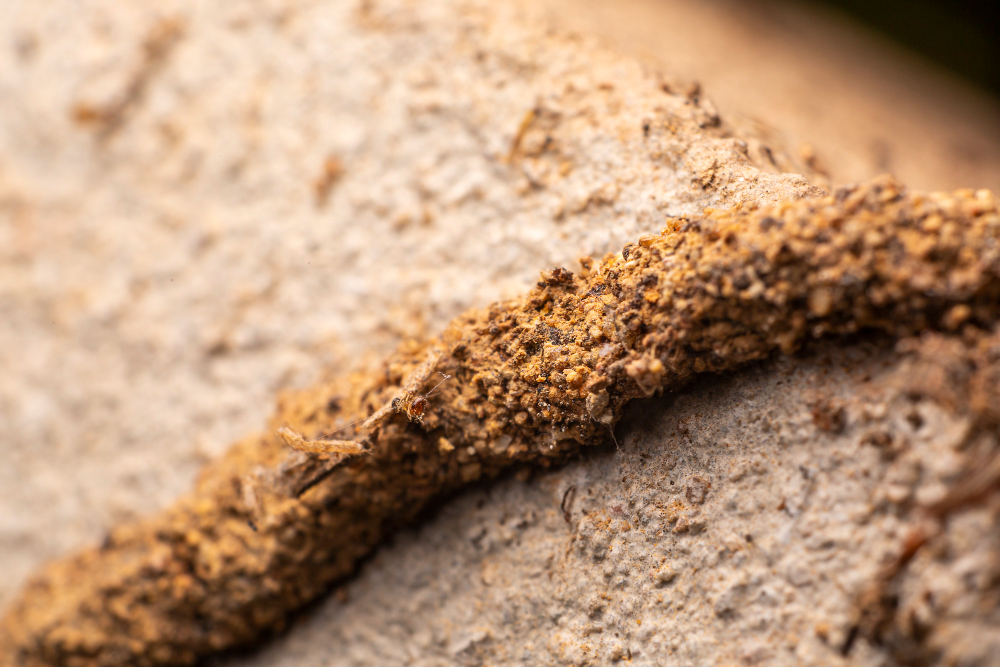Termites are exceptionally destructive insects. Their colony can cause significant damage to our house structures. So it is better to avoid them from entering our homes.
But how?
How do we know that termites have entered our home? What are the signs of their infestation?
Important Note: If you're tired of pests and want a reliable solution, then you should definitely consider seeking help from a professional pest control company. DIY solutions can be effective, but if you're dealing with a significant pest infestation, you don't want to rely solely on DIY methods. Pest control companies typically don't charge huge fees. You can fill out this form to receive free quotes from the top local pest control companies, and compare the quotes and see for yourself. Then, finally, your pest problems will be eliminated for good.
The answer is- mud tubes!
Mud tubes are the most common signs of a termite infestation. These thin tunnels of mud serve as pathways from the colony to their food source.
Mud tubes are of various types and they all have their specific functions. In this article, we are going to cover all these topics.
What are Mud Tubes?

Subterranean termites connect their colonies in the soil to their food sources present above-ground via these tubes. These are made from soil and wood combined with termite saliva.
These tubes have the following functions:
- To avoid natural hunters
- To maintain their moisture level by remaining in the soil
- To obtain food in difficult places
Tubes don’t adhere to solid surfaces like wood beams or the foundation of houses. These tubes are durable and can be free-standing. Termites use this feature for reaching the beams of wood.
What Do They Look Like?
The size of these tubes is similar to the diameter of a pencil, with most of them 12 inches in length. The building materials involved are small pieces of dirt, mud, or soil and wood, mixed with termites’ saliva and droppings.
These are light brown like dried mud. The width depends upon the usage and the heavily travelled tubes can be several inches wide. The tubes go through the soil.
Types of Mud Tubes
Exploratory Tubes
These tubes are thin and fragile and can be easily seen as they branch out in multiple directions. These tubes can extend up to 15 feet above the ground when built over concrete or metal
These are used to search for food sources. They rise from the ground but do not connect with the wood. These tubes are fragile and abandoned by the time we come across them.
Working Tubes
These tubes receive the most work from termites. They transport hundreds to thousands of termites from nests to sources of food. Arranged like a highway, they have got various lanes which are used for carrying food and for repairing and construction work.
These tubes measure between ¼ and 1 inch in diameter. These are also known as utility tubes and last longer than exploratory tubes.
Swarm Tubes
These are created by worker termites to temporarily accommodate the swarmers who leave their colony during the swarm. These can be very large, up to four feet wide, and have numerous exit holes for swarmers so that they can fly out.
Drop Tubes
The main purpose of these tubes is to make food sources more accessible to termites and re-establish their connection with the ground and working tubes.
These are suspended between the ground and wood members of the structure. They can be easily identified as they look like stalagmites in caves. Since they contain wood fibres they are lighter in color. The diameter is similar to that of exploratory tubes.
Damage Caused by the Mud Tubes

These mud tubes are not a problem by themselves but they allow termites to cause significant damage by providing them with proper moisture content. This keeps termite workers protected from drying out and dying.
Dried out tubes may indicate that termites have used that point-of-entry and are now present elsewhere. Active tunnels will still have some termites around them. It is better to keep an eye out for mud tubes as they are the first signs of termite infestation.
Conclusion
Regardless of whether the tubes are active or not, if you encounter these tubes, the first thing you should do is to call a pest control team. These tubes act as a passage for termites. Termites survive with ease because of these tubes, so treating these tubes is the first step towards preventing a termite infestation.

